On September 18…
“Do not seek death. Death will find you. But seek the road which makes death a fulfillment. In the last analysis, it is our conception of death which decides our answers to all the questions that life puts to us.”
~Dag Hammarskjold / United Nations Secretary-General

1793 – President George Washington laid the cornerstone to the United States Capitol building, the home of the legislative branch of American government.
The building would take nearly a century to complete, as architects came and went, the British set fire to it and it was called into use during the Civil War.
Today, the Capitol building, with its famous cast-iron dome and important collection of American art, is part of the Capitol Complex, which includes six Congressional office buildings and three Library of Congress buildings, all developed in the 19th and 20th centuries.
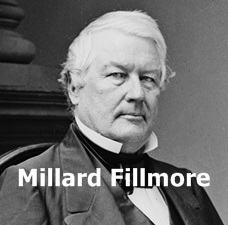
1850 – As part of the Compromise of 1850 between Southern slave-holding interests and Northern Free-Soilers, the U.S. Congress passed the Fugitive Slave Act. President Millard Fillmore, a strong advocate of the act, signed it into law.
The passage of the act – which required that all escaped slaves, upon capture, be returned to their owners and that officials and citizens of free states had to cooperate – helped quiet early calls for Southern secession.
Widespread opposition to the act saw the law become virtually unenforceable in certain Northern states, and by 1860 only around 330 slaves had been successfully returned to their Southern “masters”.
The Fugitive Slave Act was finally repealed by an act of Congress in 1864.
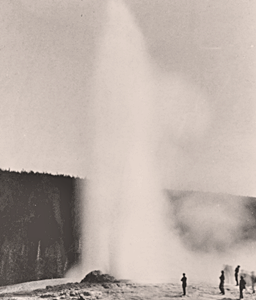
1870 – Old Faithful Geyser was observed and named by Henry D. Washburn during the Washburn–Langford–Doane Expedition to Yellowstone.

1926 – The Great Miami Hurricane made landfall between Coral Gables and South Miami.
With winds estimated at 150 mph, the storm crossed the peninsula south of Lake Okeechobee, entered the Gulf of Mexico, and made another landfall near Mobile, Alabama as a Category 3 hurricane on September 20.
It then hooked westward along coastal Alabama and Mississippi, eventually dissipating on September 22 after moving inland over Louisiana. Over 370 residents had died by the time the storm ended.
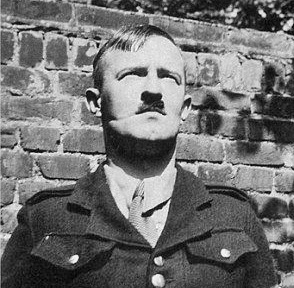
1939 – William Joyce, an Irish-American fascist politician who had defected to Germany, made the first of his Nazi propaganda broadcasts aimed at British listeners.
Over the next six years, those broadcasts earned him the derisive moniker of Lord Haw-Haw by the British press. That ridicule didn’t affect the size his audience. At the height of his influence, in 1940, Joyce had an estimated six million regular and 18 million occasional listeners in the United Kingdom
Joyce, originally an American citizen, lived in Ireland and Britain before becoming a naturalized German citizen in 1940.
He was hanged in London on January 3, 1946 for betraying Britain.
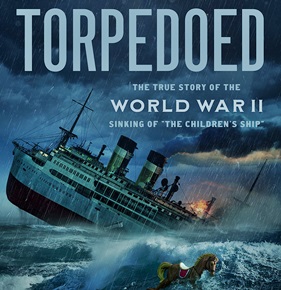
1940 – The SS City of Benares, a steam passenger ship carrying 90 evacuated children from Britain to Canada, was torpedoed by German submarine U-48.
In total, 260 of the 407 people on board were lost; the master, the commodore, three staff members, 121 crew members and 134 passengers.
Of the 134 passengers, 77 were child evacuees.
U-48 commander Heinrich Bleichrodt was tried for war crimes related to the sinking of the City of Benares after the war. He denied any prior knowledge of the presence of children, and refused to apologize for the sinking, stating his actions were within the bounds of military policy.
He was acquitted.

1944 – 15 miles off the west coast of Sumatra, British submarine HMS Tradewinds torpedoed and sank the Junyo Maru, a Japanese cargo ship which had been transformed to carry prisoners of war and slave laborers.
Over 5,500 people died, including 1377 Dutch prisoners, 64 British and Australian prisoners, and 8 American prisoners.
The rest of the victims were slave laborers predominantly from Java who, for the entire period of their captivity, had suffered especially inhumane conditions.
Their captivity was so bad that only 200 of the 4,200 on board attempted to leave the sinking ship. Instead, they huddled together on board, rather than jumping for a chance in the water.
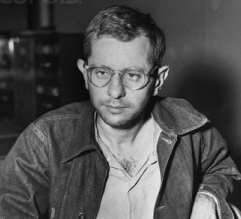
1959 – Serial killer Harvey Glatman was executed in a California gas chamber for murdering three young women in Los Angeles.
Resisting all appeals to save his life, Glatman wrote to the appeals board to say, “I only want to die.”
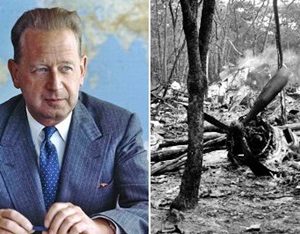
1961 – United Nations Secretary-General Dag Hammarskjold died when his plane crashed under mysterious circumstances near Ndola in Northern Rhodesia (now Zambia).
The Rhodesian Federal Inquiry Commission, which investigated the crash, concluded that the pilot flew too low and struck trees, but multiple claims have been made that the plane was shot down, and that Hammarskjold was actually killed in an assassination plot involving some combination of the CIA (U.S.), MI6 (UK), a Belgian Mining Company, and a South African paramilitary unit, because he was pushing for the Congo’s independence, which would have hurt the interests of any of those forces.
The U.S. and British were reportedly angry at a UN military operation that the secretary general had ordered days before his death on behalf of the Congolese government.
In 1998, the South African National Intelligence Agency turned over a file to the South African Truth and Reconciliation Commission. It included copies of eight documents, one of which stated that CIA director Allen Dulles concurred that “Dag is becoming troublesome … and should be removed.”
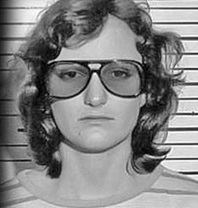
1975 – Newspaper heiress and wanted fugitive Patty Hearst was captured in a San Francisco apartment and arrested for armed robbery.
Eighteen months earlier, Hearst, the 19-year-old daughter of newspaper publisher Randolph Hearst, had been kidnapped from her apartment in Berkeley, California, by two black men and a white woman, all three of whom were members of the Symbionese Liberation Army.
The situation changed dramatically when Hearst declared, in a tape sent to the authorities, that she was joining the SLA of her own free will. Later that month, a surveillance camera took a photo of her participating in an armed robbery of a San Francisco bank, and she was also spotted during the robbery of a Los Angeles store.
Despite her later claim that she had been brainwashed by the SLA, she was convicted on March 20, 1976, and sentenced to seven years in prison. Her prison sentence was commuted by President Jimmy Carter and she was released in February 1979.
She received a full pardon from President Bill Clinton on January 20, 2001, his last day in office.
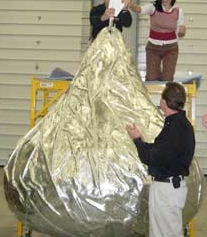
1990 – Hershey’s Kisses with Almonds were introduced to the public when a 6-foot, 500 pound gold colored replica of a Hershey’s Kiss with Almonds was dropped from a flagpole atop One Times Square in New York City.
Compiled by Ray Lemire ©2005-2020 RayLemire.com / Streamingoldies.com. All Rights Reserved.
